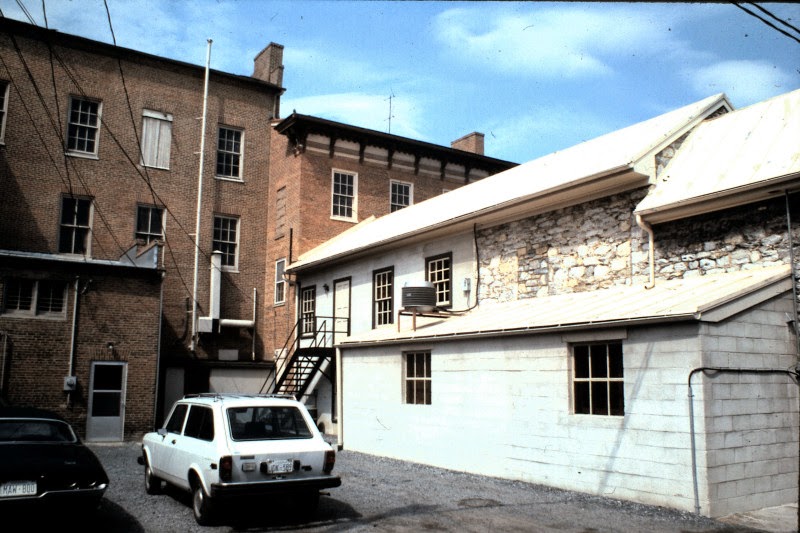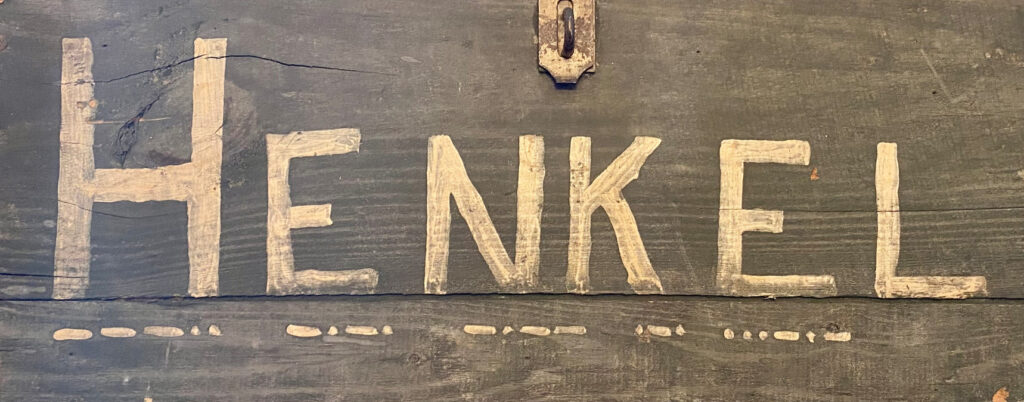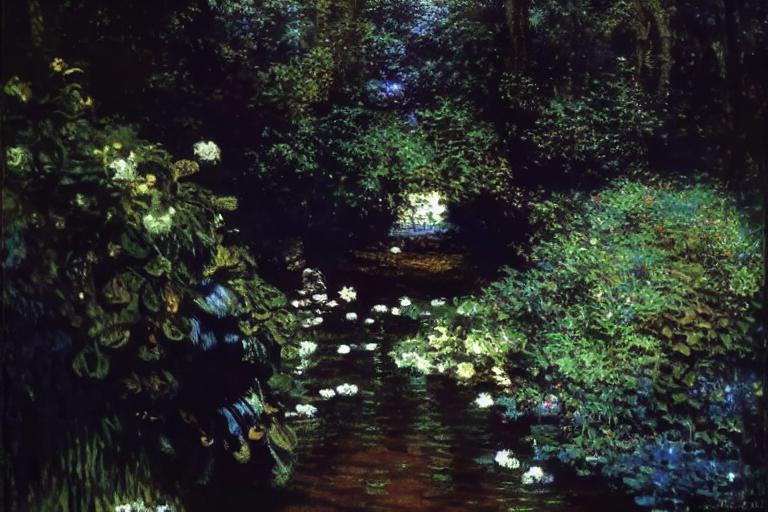411 S. Loudoun St.: A number of people have reached out to PHW about this building. It’s too early to say how this may go, but given the interest expressed, we hope it will be possible to find a buyer. If you are contemplating pursuing this property and have not reached out for more information, we will remind our readers you will need to file a Motion to Intervene ASAP to be heard at the upcoming August 28 hearing.
Valley Conservation Council Resources: The VCC shared two updates to their resources page this week. Conservation Resources for Landowners provides general resources for habitat, soil, and water projects. All resources include the counties in which they operate and descriptions of what they can help with.
Native Landscaping Resources provides resources specific to native plant landscaping and pollinator gardens. If you’re looking for a place to start a native plant project, this page is a great resource!
At Home on Main Street: The National Trust for Historic Preservation shared a Q&A on two aspects of a four-part research initiative to provide action-oriented recommendations for thoughtful housing development. In 2021, Main Street America, a subsidiary of the National Trust for Historic Preservation, launched the At Home on Main Street (AHOMS) project, funded by the 1772 Foundation, in response to widespread housing challenges in the forms of both housing availability and affordability across the country, including in many Main Street communities. On the Main Street America website, you can read and download “A Report on the State of Housing” and “A Housing Guidebook for Local Leaders.”
Eventbrite Changes: We were notified late yesterday Eventbrite will start charging additional fees to list events with more than 25 tickets on their platform. While we’ve enjoyed the ease of using Eventbrite for digital tickets for the Holiday House Tour the past few years, we will most likely be going back to direct sales on the PHW website. We heard last year some people had issues with checkout through Eventbrite, so fingers crossed our self-hosted checkout option will be more user-friendly. If not, we will always have tickets available at the Bough & Dough Shop at the Hexagon House and in select other locations in Winchester.
Identified: Thanks to Frances and Missy, we feel more confident last week’s photo of Mulvey’s is the rear of Abija Blue, which is modern day street address 16 S. Loudoun. Frances shared that Mulvey’s was owned by the same family that owned the Oxford Shop at 21 S. Loudoun. The Oxford Shop is now Roma’s – but look above the outdoor seating and you’ll still see the Tudor Revival styling on the building to mark the location.










